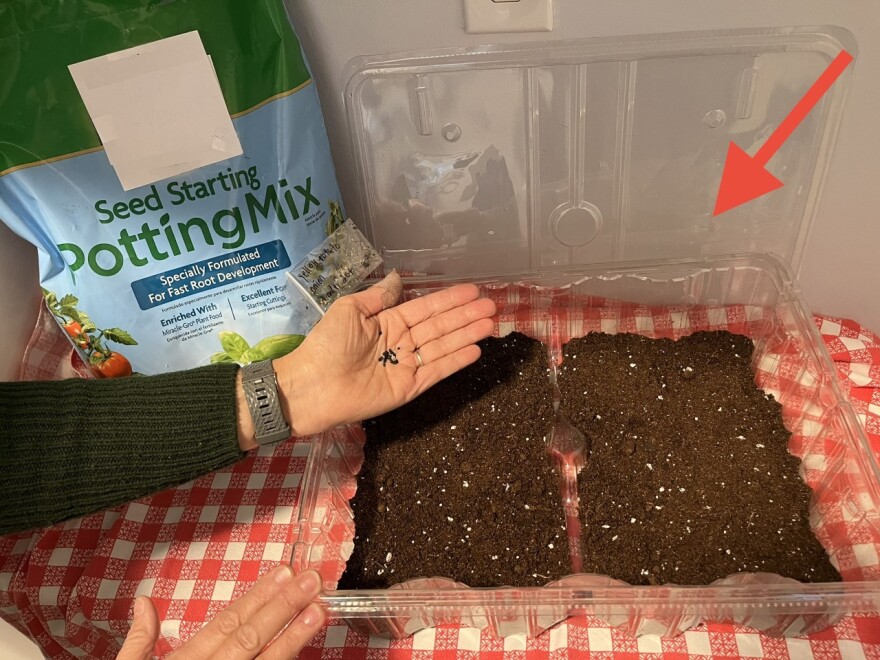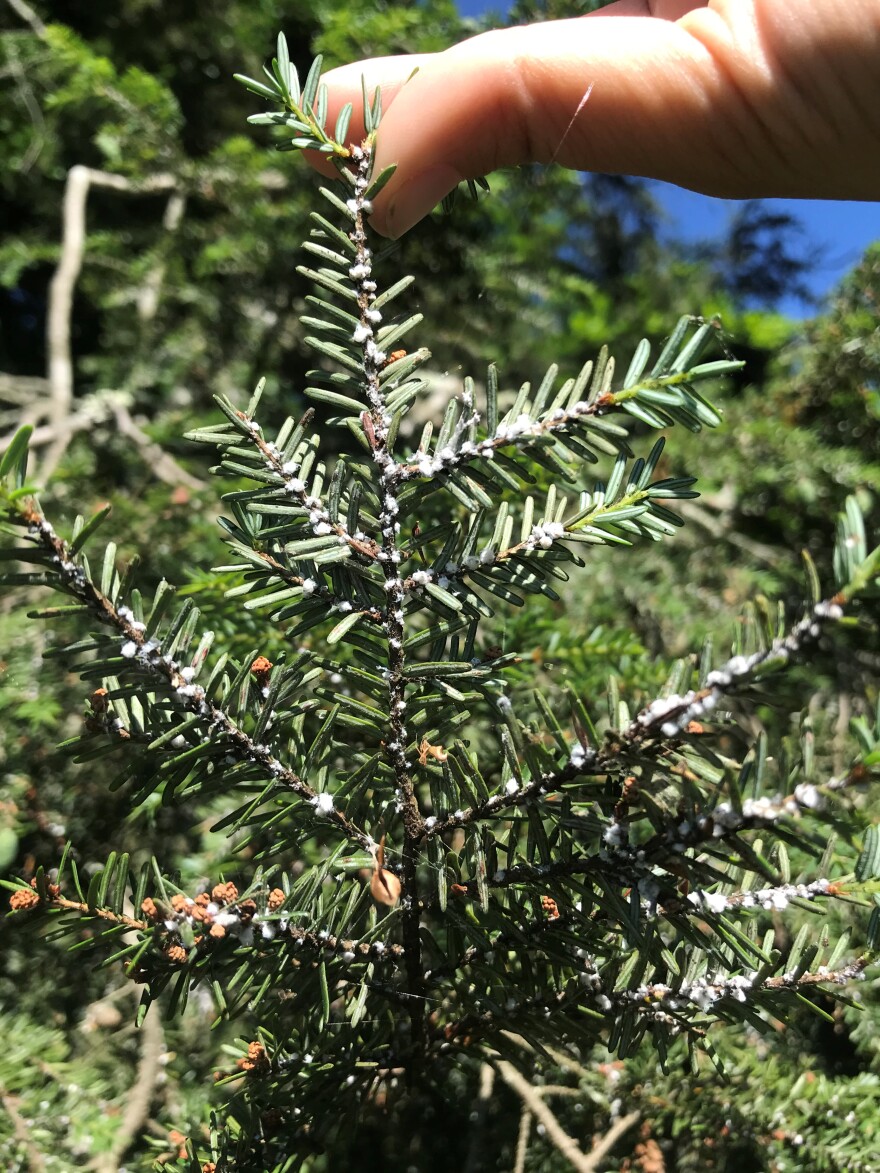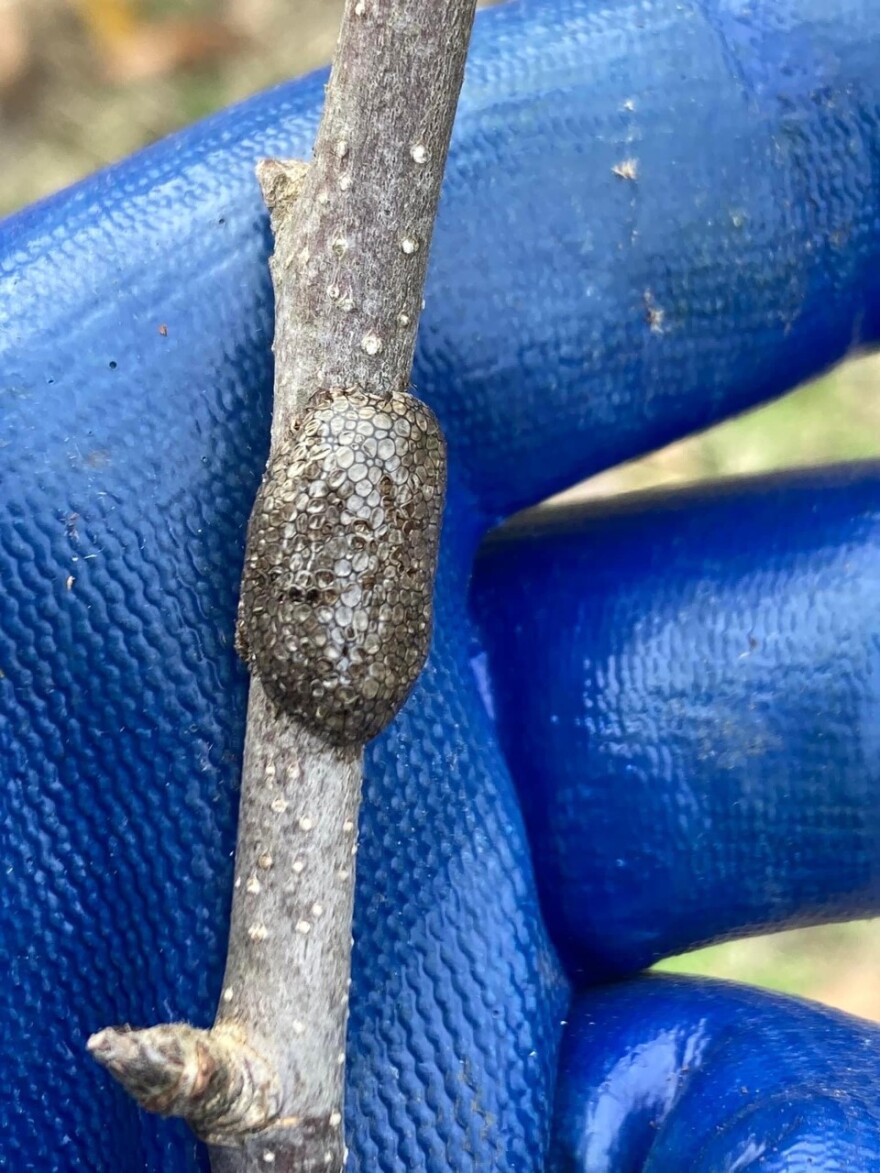Ah, January, and the plant catalogs are arriving through snail mail almost daily. As I read through their colorful pages, I start planning for the upcoming growing season. As I plan, I reference the photographs taken during 2022 and I check my shoe box of plant tags to note successes and losses, finally, I look at my notes to refresh my memory. My garden plans change with the arrival of another plant catalog and that’s okay, this is a process I work through every January. Soon I will make my final decisions and submit my seed and plant orders early so I don’t miss out on the hybrids, varieties, and cultivars I want to grow this year.
The varieties, hybrids, and cultivars are noted in plant descriptions. The differences between a plant variety, a cultivar, and a hybrid are important to know:
- A variety occurs naturally in nature through random genetic changes that develop specific traits in a plant. The seeds of the variety will grow true from one generation to the next.
- A cultivar is a cultivated variety in which a part of a leaf, stem, or root is used to vegetatively propagate or reproduce the parent plant, each new little plant is genetically identical to that parent plant. The plant has been “cultivated” by human action and the seeds of cultivars will not grow true to the parent plant. Therefore, cultivars are sold only as plants.
- A hybrid is a plant that has been developed over time by human action as pollen is manually moved from one plant to another to draw out key attributes. Hybrids take years to develop as the genetics of a plant are manipulated through multiple crosses for desired attributes such as height, leaf or flower color, fruit formation or taste, disease resistance, insect tolerance or pesticide resistance. The seeds of hybrid plants do not grow true from one generation to the next. Hybrid seeds are more expensive because the plants involved must be hand pollinated in a controlled environment for the cross to form the seeds of that specific hybrid.
As I write out my order, I note which seeds are hybrids and cultivars, so I know not to save seeds from those plants at the end of the season.
Once packages start arriving, the hardest part is waiting for the right time to sow the seeds; I want the seedlings to be prime for transplanting into the garden. The onion seeds are the exception, they can be sown indoors in January under grow lights or outdoors through winter sowing. The onions I grow are day neutral onion varieties; they set bulbs when there is 12-14 hours of light in a day, which is typical during the springtime in Virginia. In the deep south, the daylength is shorter, so short day onions — which require 10-12 hours of light to set bulbs — are grown. In the upper U.S. and Canada, long day varieties are grown because they require 14 hours of light to set bulbs. The southern short day onion varieties will not set bulbs up north nor vice versa due to the daylength differences. This is essential information to note when choosing onion varieties to grow from seed, so read the catalog descriptions carefully before ordering. When starting day neutral onion seedlings, remember to set the timer for the indoor grow lights to 10-12 hours to mimic short days so the young onion plants aren’t triggered into bulb formation before being transplanted into the garden.

This year I am going to try winter sowing my onion seeds, which means growing them outdoors in a sealed container that has drainage holes for the soil and two half inch holes in the lid for air. After sowing the seeds, the container is closed and set in the shade. This will place the onions in natural light and the seeds will germinate during the proper daylength. Once germinated, the container of seedlings is checked for moisture, and on warm days the lid is removed only to be resecured at night. If a hard freeze occurs after germination, I throw a towel or blanket over the container and remove the covering in the morning. In March, I will transplant the seedlings into the garden. Growing the onions in our natural daylength will enable the plants to set bulbs at the proper time, which will produce larger bulbs. I will keep you posted on the success of this system through future Facebook postings. Remember, we are all growing and learning together!

Winter is the perfect time to really look at all the plants in the landscape. Take time to look for egg masses or subtle lumps of dormant scale insects on branches. Many disease spores overwinter on branches, too, but they are not visible to the naked eye. The soil, leaves, and mulch are also resting places for overwintering insects and diseases. Insects can overwinter as adults, pupae or in the egg stage, while disease spores lie dormant in the organic matter or soil. Simple steps can be taken to control insects and diseases during the winter. First, rake up fallen leaves around the base of fruit trees and brambles, and don’t forget to remove the mummified fruit left hanging and those on the ground. Do the same in the vegetable garden: remove last season’s detritus where insects and diseases are lying dormant within. Disturb the soil just a few inches deep in the garden and orchard to bring overwintering insects up to the surface where the exposure to freezing temperatures will kill them. I am doing this in my squash bed to control the pupae of the squash vine borer. After a few days of freezing temperatures, I will apply straw to the bed to not only nourish but to also protect the soil from wind and water erosion.

Spraying a dormant oil on fruit trees, roses and ornamental woody plants is another method of control. The oil will smother overwintering egg masses, pupae and adults of insects and mites. This age-old product, which is a refined mineral oil, even smothers the spores of many diseases. The problem is this is a non-selective method of insect control, which means it will smother the good insects along with the problem-causing insects. Dormant oil must be applied when the air temperature is above freezing for 48 hours before and after an application. There are summer oils that are thinner than winter/dormant oils, so be careful when selecting your product before making a purchase. Like I always say, take time to read the label, the label is the law.

While scouting around the landscape and garden, look for rogue or volunteer plants growing in or close to your desirable plants. While out running errands, I photographed this crape myrtle, Lagerstroemia spp., growing within a native winterberry holly, Ilex decidua ‘Red Sprite’. Due to the higher soil moisture, now is the perfect time to carefully tease out the rogue plants and unwanted vines by the roots. I then apply fresh mulch under the remaining plant to protect the disturbed roots from winter temperatures and drying winds. While scouting around, I take time to pull the winter weeds while they are small and easy to remove, too. Come spring, those weeds will be quite challenging to remove, and I will regret my choice of not removing them now.
Happy Gardening!
- Peggy Singlemann, Landscape Consultant and Gardening Speaker







